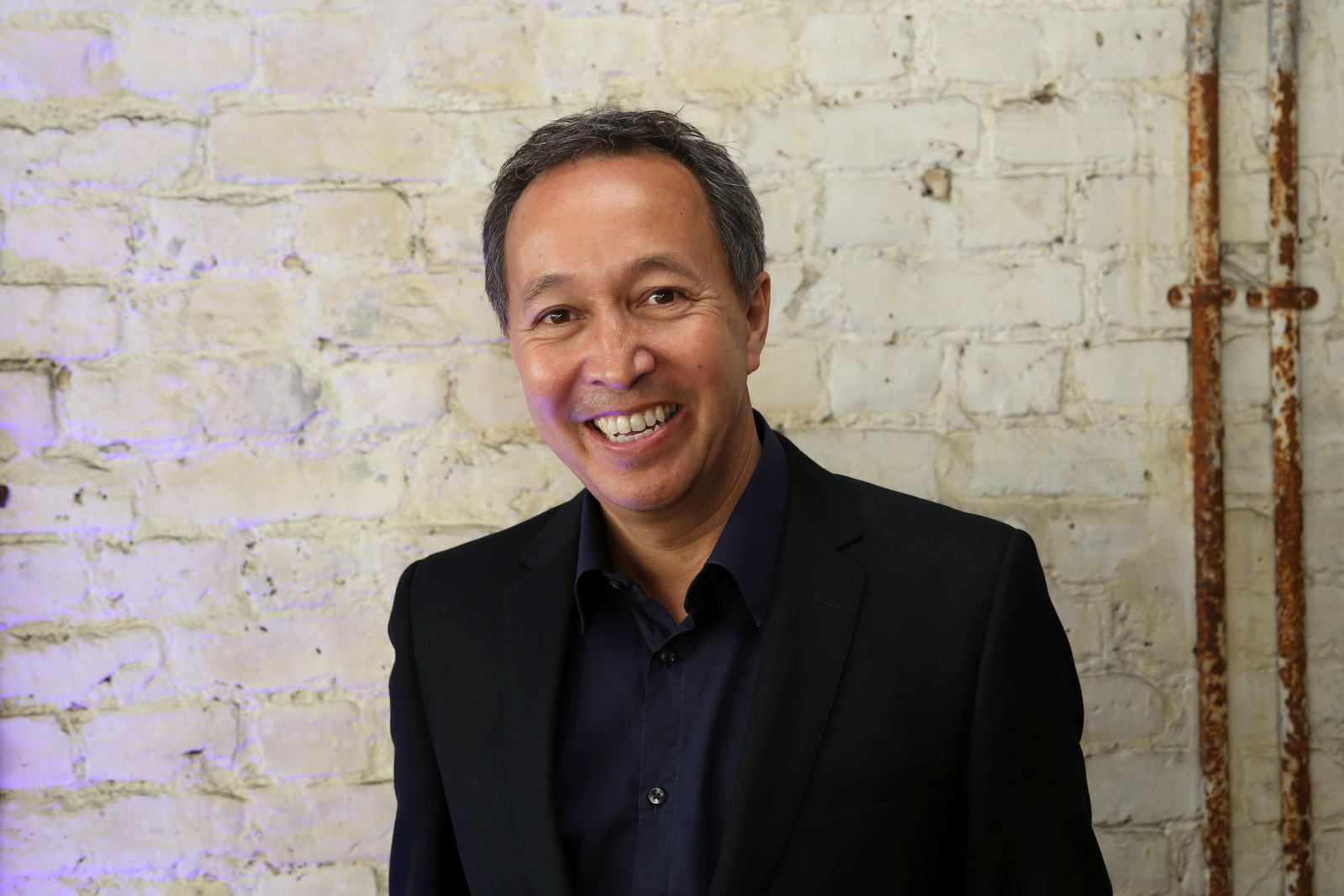
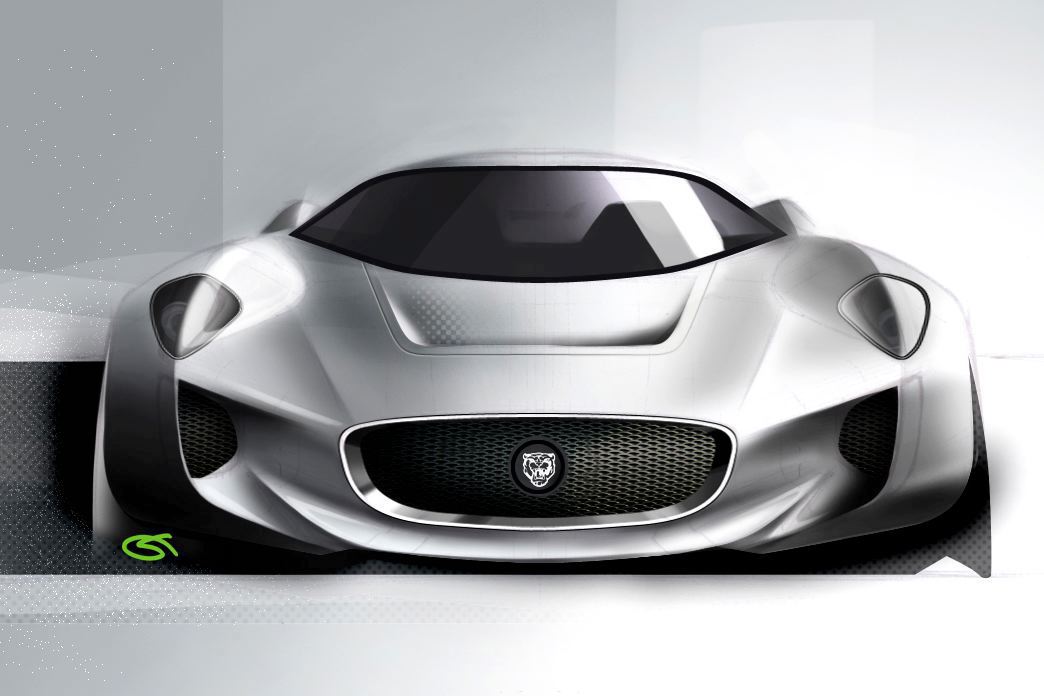

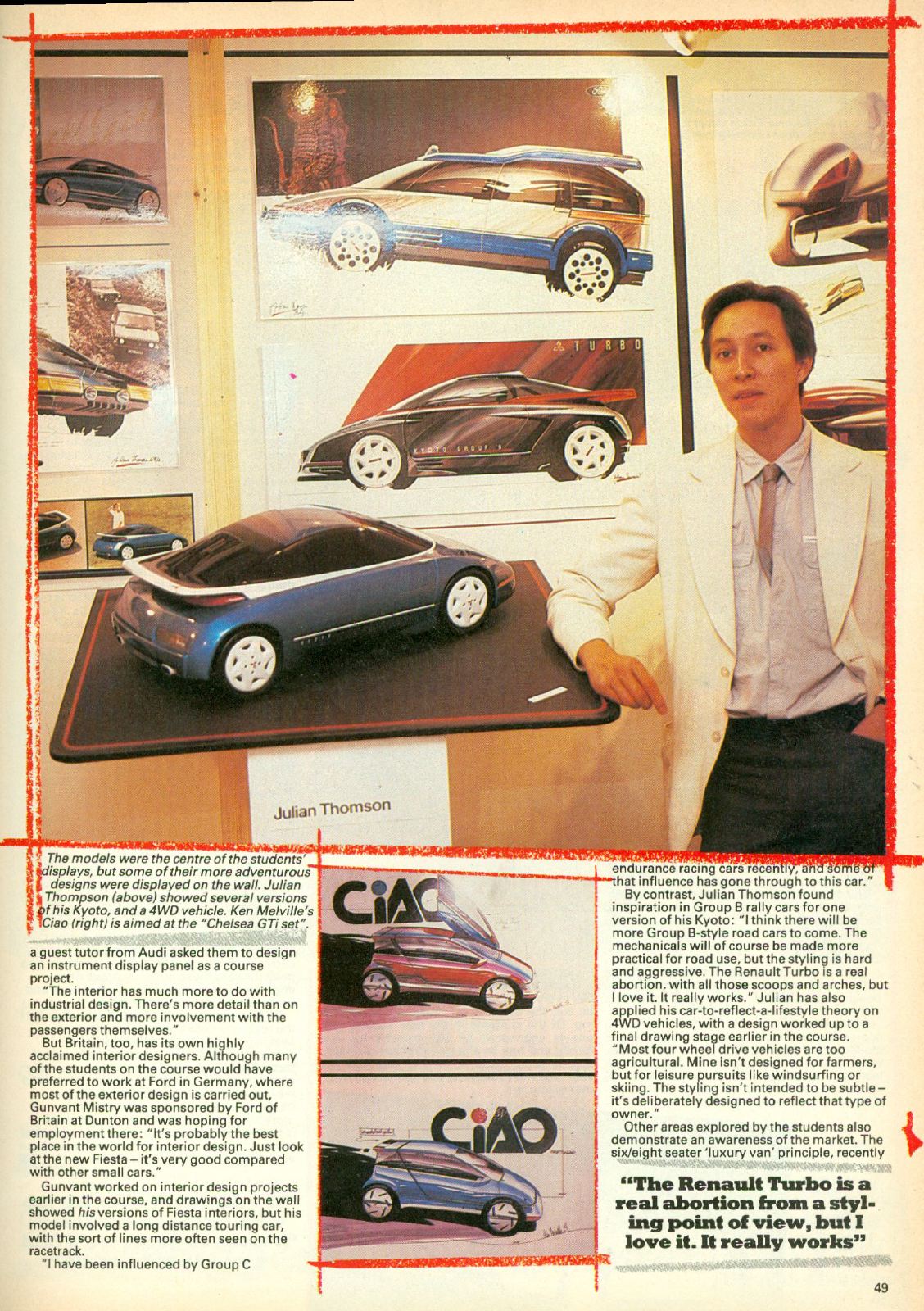



Since joining Jaguar in 2000, Julian Thomson has been instrumental in changing the face of the British brand as its director of advanced design. The 53-year old has influenced the current XK, XF, XJ and F-Type production cars. He also created the well-regarded 2001 R-Coupe, 2003 R-D6, 2007 C-XF, and 2010 C-X75 concept models, plus the 2008 LRX concept for Land Rover that led to the 2011 Range Rover Evoque.
After studying mechanical engineering at Hatfield Polytechnic [now the University of Hertfordshire] and completing an MA in automotive design at the Royal College of Art, he started his career in 1984 as a designer for Ford in Dunton, UK. He then moved to Lotus in 1986 where he developed the 1989 4200R concept for Isuzu and the 1996 Lotus Elise production sports car. After 12 years at Lotus, where he rose to head of design, he then moved to Spain to become exterior chief at VW Group’s Barcelona design studio, before joining Jaguar.
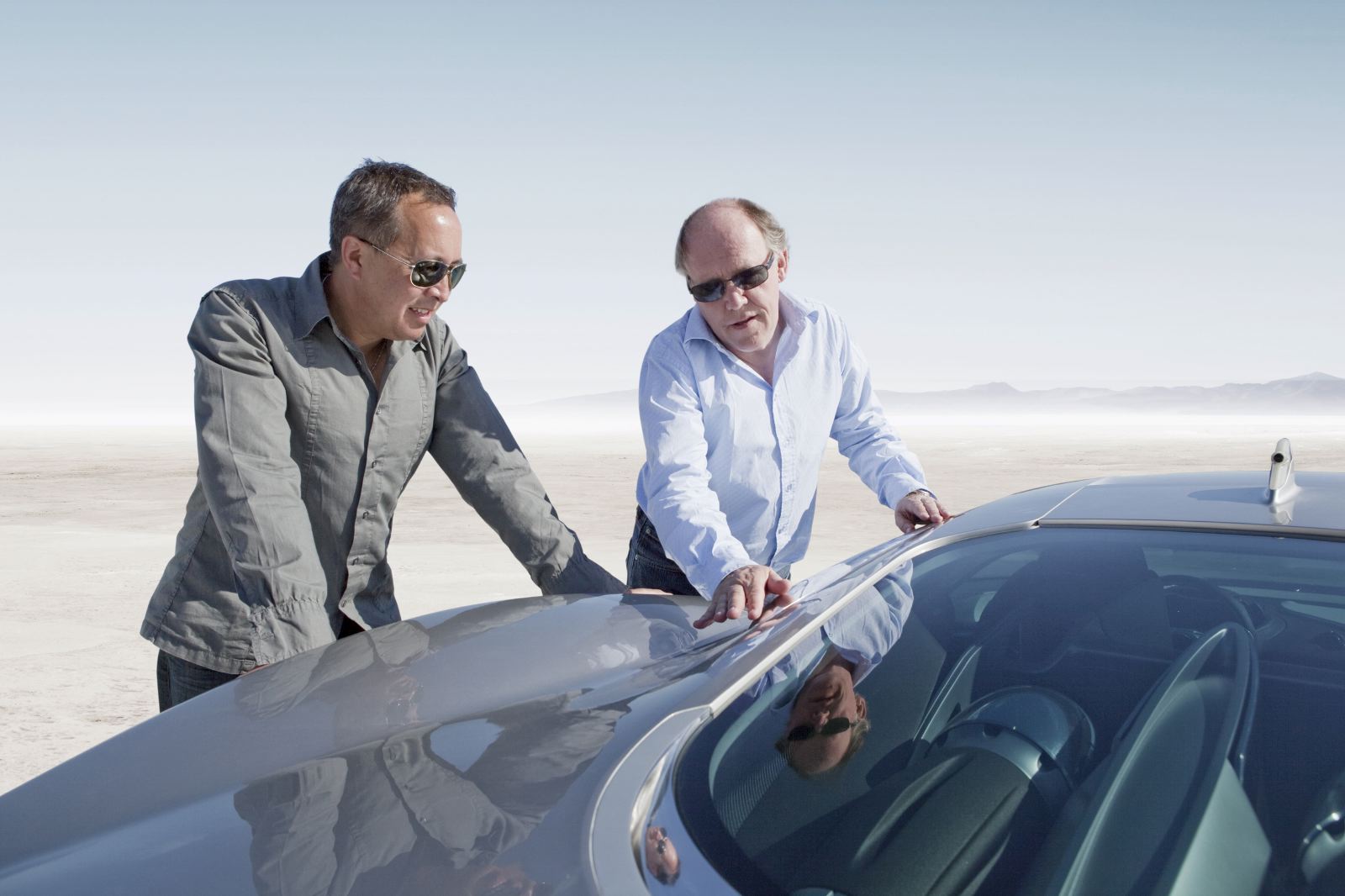


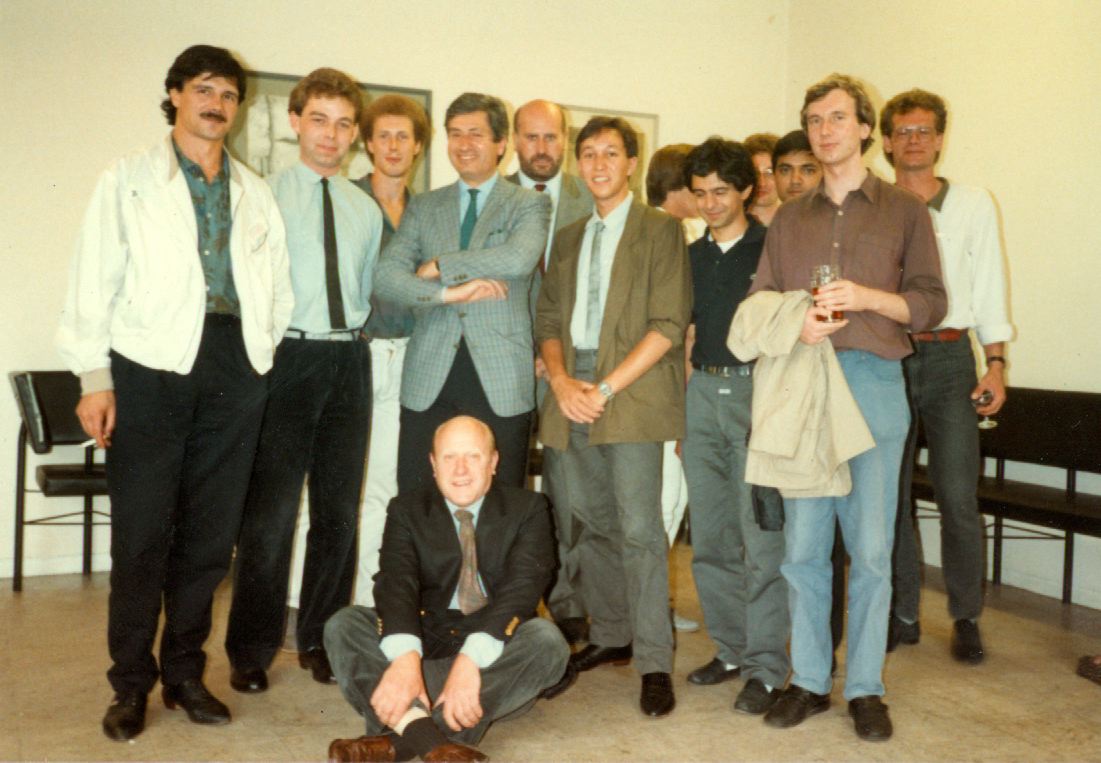
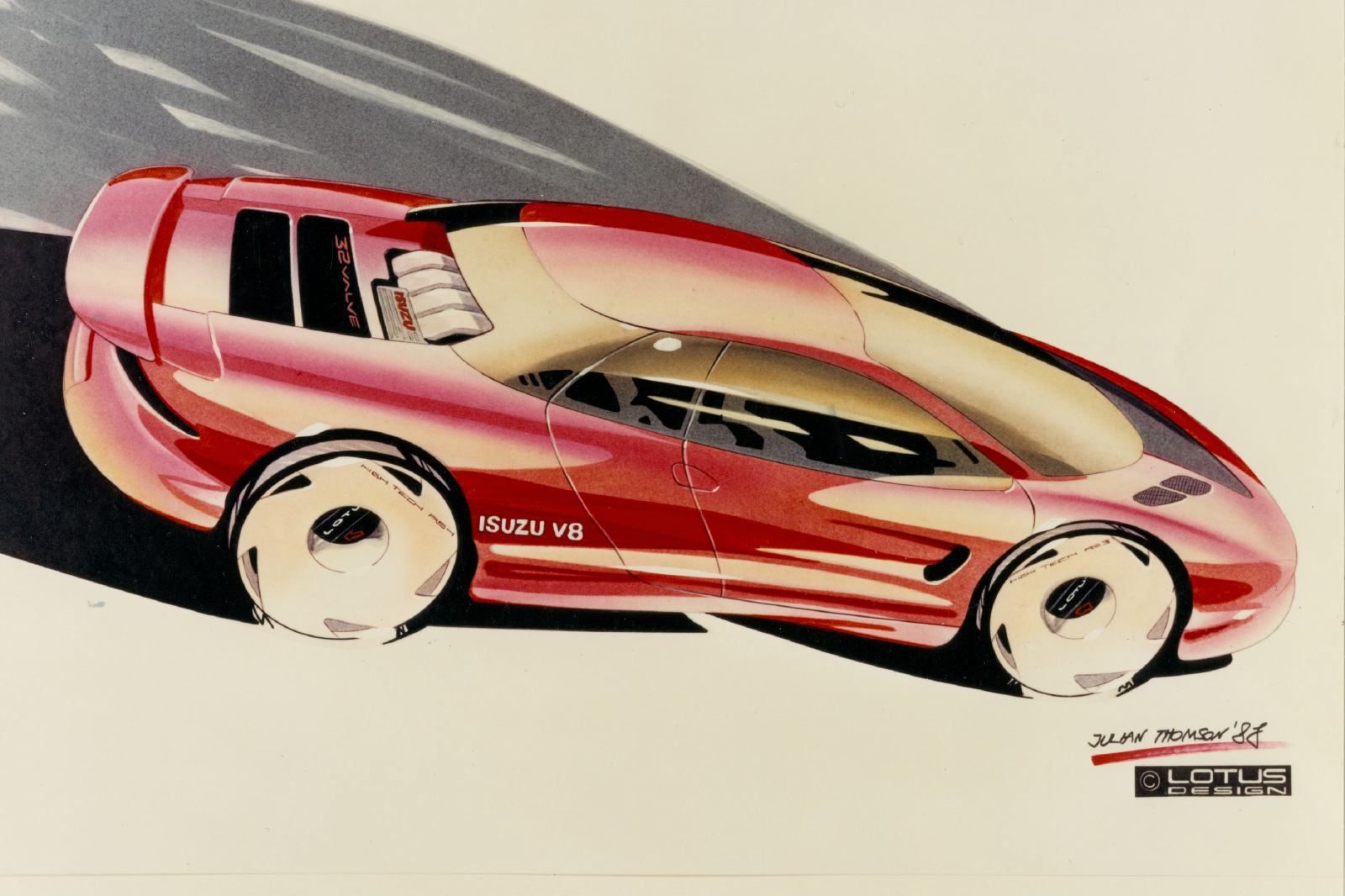
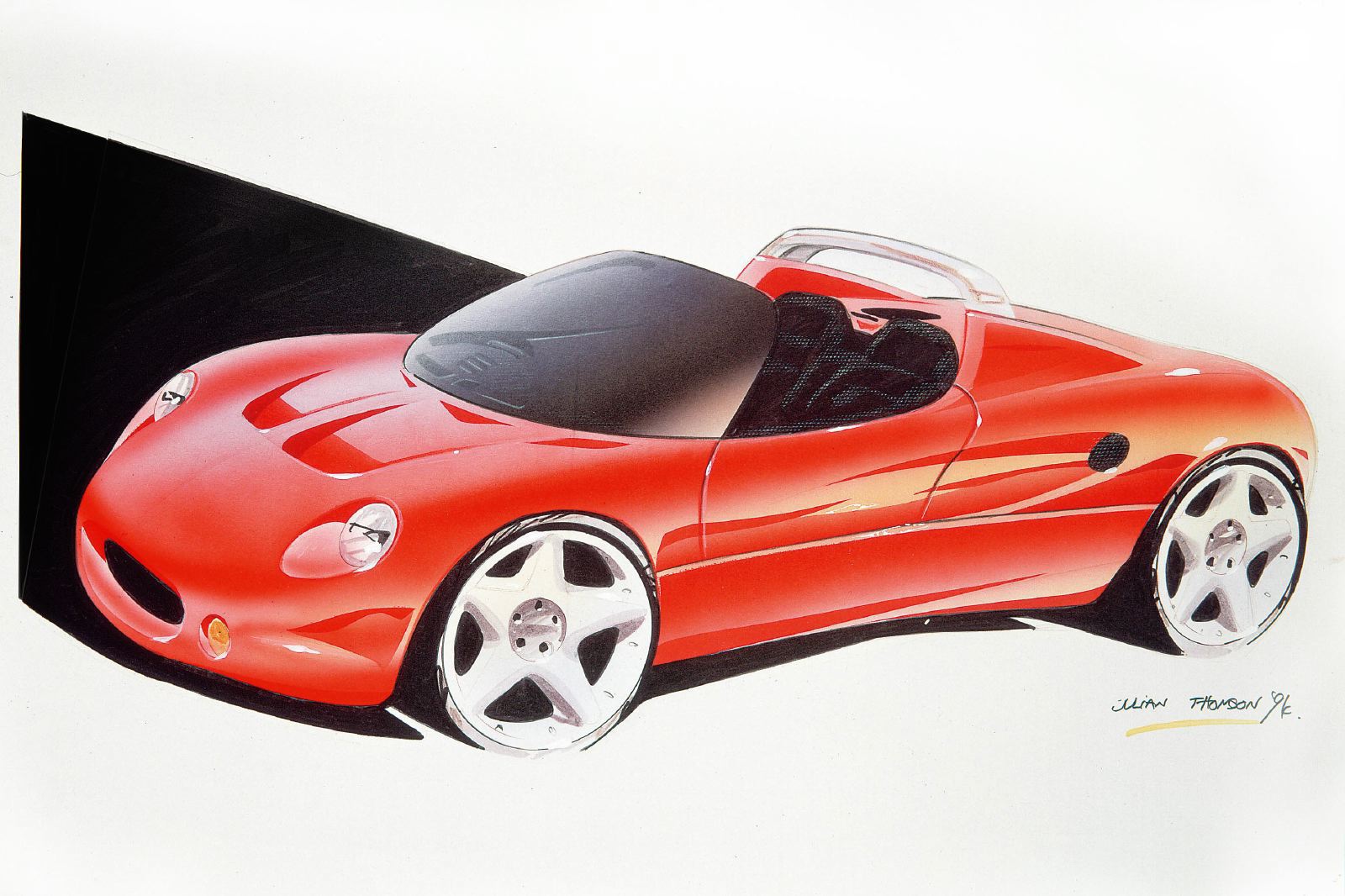
Car Design News caught up with Thomson for a chat about his unusual route into the business, why students need to learn the basics behind creating beautiful products as well as apps, and his love for ‘new’ Lamborghini…
Car Design News What were your first steps towards a career in car design?
Julian Thomson I used to get the Automobile yearbook for Christmas as it featured all the concept cars of the year. My first one was probably 1970. I was encouraged to draw by my father, but from the get-go I wasn’t drawing pictures of cars, I was designing them; I was doing my version of the new Lamborghini or whatever at the age of 11 or 12. It was a great time for car design, with all those Italian coachbuilders. I knew about Bertone and Pininfarina but didn’t realize I could be a car designer until one of my dad’s friends came to dinner with a furniture tutor from the Royal College of Art called Willem Koren. He claimed to have designed the Bentley T2, saw my drawings and told me to get in touch with Nigel Chapman, director of the RCA’s transportation course.
CDN So that was an early vote of confidence?
JT Yes, I wrote to Chapman and he told me what I needed to do. In 1980 I entered a competition in Motor magazine [later absorbed into Autocar in 1988]. I didn’t win the whole thing but got a prize. Quite a few now well-known car designers also entered that competition, like Mark Adams, David Wilkie and Steve Mattin. Through that I met Tom Karen and got a work placement at Ogle Design.
CDN But that still didn’t herald the start of your car design career?
JT No, I went to college in Hatfield. My father worked in the scientific department at The National Gallery in London but didn’t believe in art school! Above the gallery itself is a huge restoration area. He used to travel the world advising people on preserving artifacts and his book, The Museum Environment, is the bible for that subject. He said to keep up the drawings but have engineering as a back-up. I hated engineering and got terrible grades and Hatfield was the only college I could get into. But when I submitted my drawings to the RCA I heard there was a bit of a fight from carmakers to sponsor me.
CDN What do you think they saw in your sketches?
JT I guess I was single-minded, I just wanted to draw cars, I was a dreamer and luckily I found an outlet for it.
CDN What are your personal career highlights over the last 25 years?
JT The 1989 Isuzu 4200R was important to me and then the 1996 Lotus Elise, which redefined that brand by distilling it and modernizing it. It’s what me and Ian Callum have done at Jaguar.
CDN Why did you leave Lotus for VW’s Sitges studio in the late 1990s?
JT I had been at Lotus for years and I wanted to work abroad for a big company. It was a real eye-opener, they did a lot of cars there, the 1996 Audi A3, 1996 ‘B5’ Passat and the 1999 Seat Formula.
CDN What attracted you to the Jaguar job in 2000?
JT That [VW experience] was good, but I’ve known Ian Callum since I was a student, so the opportunity to work with him at Jaguar appealed. I was sponsored by Ford at the RCA and on my internship there Ian was the designer I sat next to. We’d kept in touch over the years.
CDN How do you perceive advanced design versus production design?
JT I was brought in with Ian at Jaguar for a bit of a design renaissance. The advanced part is probably the most creative and while it suffers from not having the depth of a production car, it’s where I’m happiest. We do all the early work on the concepts and are joined by the production team, but anyone whose design wins, stays with the project. Exterior designer Adam Hatton started with the XF in my studio, his design won and went through to production and Matthew Bevan did the same with the F-Type. It’s not to say my studio designed those cars but we were instrumental in defining what they were. Some changed completely, but a lot of the cars I’ve done have made production pretty much unscathed, like the LRX.



































